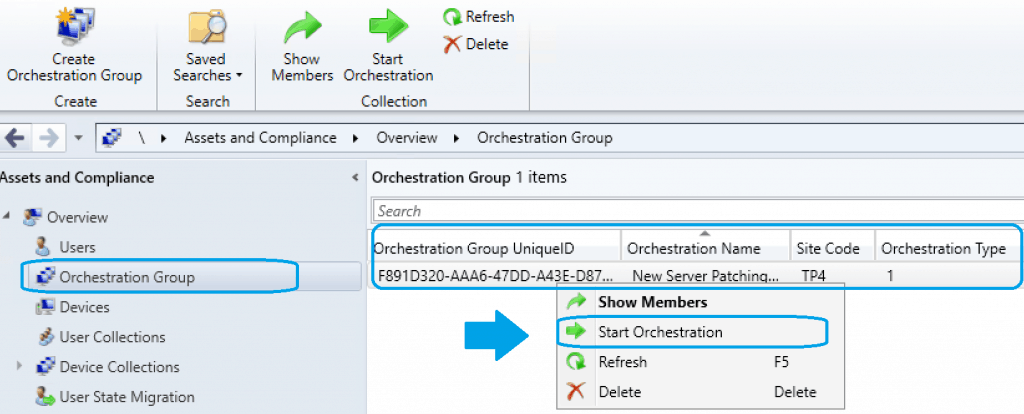

Some users may be given administrator rights, which allows them to install or delete desktop applications, change system settings, install system updates, etc. Each user gets access to a dedicated VM that runs a separate OS (such as Windows, Windows Server, and Linux). In this case, real physical computers are replaced with virtual desktops.

Thus, a Hyper-V VDI environment can be considered an alternative to traditional PC-based infrastructure. With the help of a Remote Desktop Protocol, the user’s input is sent to a remote application and the application’s output is then displayed on the user’s local device. To enable Hyper-V VDI, you need two Windows server roles: Hyper-V, which creates and manages VMs, and Remote Desktop Services (RDS), which enables and manages communication between a user and a virtual desktop over the network. Hyper-V VDI is a centralized desktop delivery solution which enables running virtual desktop instances, including client operating systems (OSes), data, and applications in a server-based virtual machine (VM) in the data center. Read further to learn more about the Hyper-V VDI environment and how you can protect all your virtual desktops with a single data-protection solution – NAKIVO Backup & Replication. Add Remote Desktop Virtualization HostsĪfter going through the entire deployment process, you get access to enterprise-level desktop virtualization, which can provide you with flexibility, efficiency, scalability, security and many more benefits.Create a pooled virtual desktop collection.Install the server roles on physical machines or virtual machines.

How to deploy a Windows Server 2012 VDI environment? – For this purpose, you need to take the following steps: What components are required to deploy a Windows Server 2012 VDI environment? – You can use the VDI technology through enabling the following roles: What is Hyper-V VDI? – Hyper-V VDI is a desktop virtualization solution that can host desktop workloads on a centralized server running in a data center. In short, this blog post attempts to answer the following questions: Microsoft has also introduced its own VDI solution which enables access and management of remote desktops and operating systems. As a result, traditional PC infrastructure has been gradually replaced with virtual desktop infrastructure (VDI) which allows you to run and manage multiple virtual machine-based desktops from any device or location. In recent years, virtualization technology has become increasingly advanced, with various functionalities being introduced on a regular basis. In any modern business environment, the ability to access services whenever and wherever they are needed is extremely important. By Jessie Reed Deploying Hyper-V VDI: A How-To Guide


 0 kommentar(er)
0 kommentar(er)
